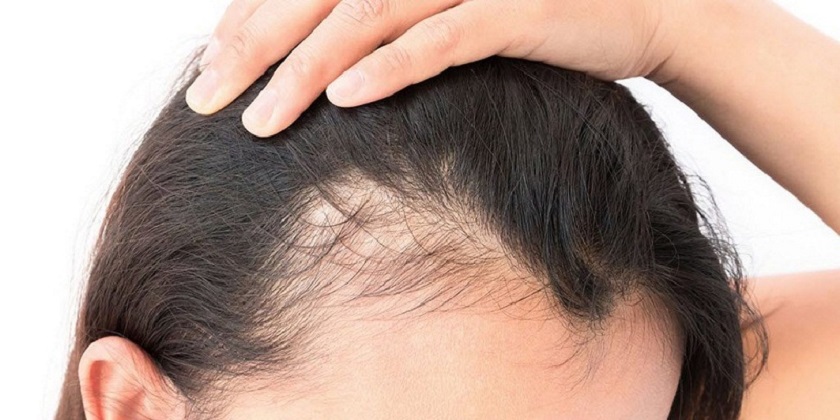
Overview
Since hair restoration surgery is a good option for nearly 90% of the balding men in the country, women think they will also make good candidates, but this is usually not the case.
Very few women have the type of hair loss that make them good candidates. Most women have diffuse hair loss instead, an overall thinning in all areas of the head, including the sides and back, which are the areas that act as donor sites in men. It is from these sites that the hair is removed for hair transplantation to other areas of the head.
In men, the donor sites are called stable sites, which means that the hair and follicles in those areas are not affected by the dihydrotestosterone (DHT)that shrinks follicles elsewhere on the head. This is the situation in those with androgenetic alopecia, or what's commonly called male pattern baldness.
In men, the donor sites are called stable sites, which means that the hair and follicles in those areas are not affected by the dihydrotestosterone (DHT)that shrinks follicles elsewhere on the head. This is the situation in those with androgenetic alopecia, or what's commonly called male pattern baldness.
Another difference between male and female pattern baldness is the frontal hairline. Unlike men, women with hair loss tend to keep their frontal hairline. They don't have to worry about needing a hair transplant to frame their face and are instead more concerned about the loss of volume from the top and back. Hair transplants, though, don't do much to increase volume. It just moves hair from one place to another.
In female pattern baldness, however, these donor areas are usually unstable. They are thinning, just like the other areas of the head. The donor areas in women are affected by follicle-killing DHT. That means that if you remove hair and accompanying follicles from these donor areas in women and transplant them to other areas, it's just going to fall out. Any doctor who would attempt to transplant hair from an unstable donor site is potentially unethical and may just be trying to take economic advantage of the patient.
In female pattern baldness, however, these donor areas are usually unstable. They are thinning, just like the other areas of the head. The donor areas in women are affected by follicle-killing DHT. That means that if you remove hair and accompanying follicles from these donor areas in women and transplant them to other areas, it's just going to fall out. Any doctor who would attempt to transplant hair from an unstable donor site is potentially unethical and may just be trying to take economic advantage of the patient.
Which Women Are Good Candidates for Hair Transplant?
According to experts a very small percentage of women are candidates for hair transplant surgery. About 2% to 5% of women with hair loss will benefit from this type of procedure. They are:
- Women who have suffered hair loss due to mechanical or traction alopecia (nonhormonal).
- Women who have had previous cosmetic or plastic surgery and are concerned about hair loss around the incision sites.
- Women who have a distinct pattern of baldness, similar to that of male pattern baldness. This includes hairline recession, vertex thinning (on the crown or top of the scalp), and a donor area that is not affected by androgenetic alopecia.
- Women who suffer hair loss due to trauma, including burn victims, scarring from accidents, and chemical burns..
- Women with alopecia marginalis, a condition that looks very similar to traction alopecia.
There are two surgical techniques in which hair can be removed from a patient’s scalp – Follicular Unit Transplantation (FUT) and Follicular Unit Extraction (FUE). The way that grafts are transplanted back into a patient’s scalp following their removal is the same with both techniques. It is how the hairs are removed that is different. In the case of the FUE technique each hair graft is removed from the donor region one by one using a punch tool. Both the FUT and FUE technique form scars – FUT forms one linear scar whereas FUE forms multiple circular scars spread across a large area.

